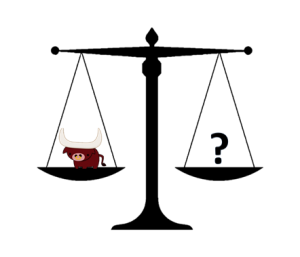New Zealand is well known for its spectacular mountain ranges especially during the winter when they are covered in a fresh layer of snow. It is not usual to see that snow level dropping down below the mountains but when it does it can cause disruption to New Zealand’s public travel networks.
Flying under the RADAR
The term RADAR stands for RAdio Detection And Ranging and was coined in 1940 by the United States Signal Corps, although it was German physicist Heinrich Hertz who showed that radio waves could be reflected from solid objects, in around 1886. During World War II, radar technology developed rapidly and has since become an essential tool in meteorology, as well as in other areas such as air traffic control.
Ensemble Forecasting
Written by Georgina Griffiths, Metservice Meteorologist.

The wisdom of the crowd
A satellite image for every occasion
Satellites are one of a meteorologist’s best tools. Satellite images can tell us where weather systems are and how fast they are moving. They can also often help us distinguish between many things such as thick and thin clouds and high and low clouds, as well as detecting snow, fog, volcanic ash, smoke, thunderstorms, and much more.
Main types of satellite images
World Meteorological Day 2015
Climate Knowledge for Climate Action
Sea State and Swell
The MetService team produces both coastal and recreational marine forecasts. Part of these forecasts includes the state of the sea and the swell. But what is the difference?
Firstly, it is important to understand how a wave is described. Figure one shows the different characteristics of a wave.
The Southern Annular Mode (or SAM)
New Zealand lies mid-way between the tropics and the Southern Ocean, and our day-to-day weather can arrive from either direction.
Understanding MetService’s Recreational Marine Forecasts
Besides the coastal waters, the MetService forecasting team produces marine forecasts for a number of smaller areas where there is a lot of recreational boating activity. These forecasts are routinely issued four times every day; they are monitored continually and updated more frequently if conditions warrant it.
Recreational Forecasts
Understanding MetService's Coastal Marine Forecasts
MetService's forecasting team produces marine forecasts for New Zealand coastal waters. These forecasts are routinely issued four times every day; they are monitored continually and updated more frequently if conditions warrant it.
Coastal Forecasts
Forecasts for coastal waters cover the area from the coastline to 60 nautical miles (about 100km) out to sea. The New Zealand coast is divided into 18 areas, as shown in figure 1:
Weather balloons
Weather balloons have been released for decades around New Zealand to record data throughout the lower layers of the atmosphere. They have been used to measure everything from the base of low cloud to atmospheric wind and temperature profiles. One of the first people to use weather balloons was French Meteorologist Léon Teisserenc de Bort. He released hundreds of weather balloons from his observatory in Trappes, France. His experiments lead to the discovery of the tropopause and the stratosphere.